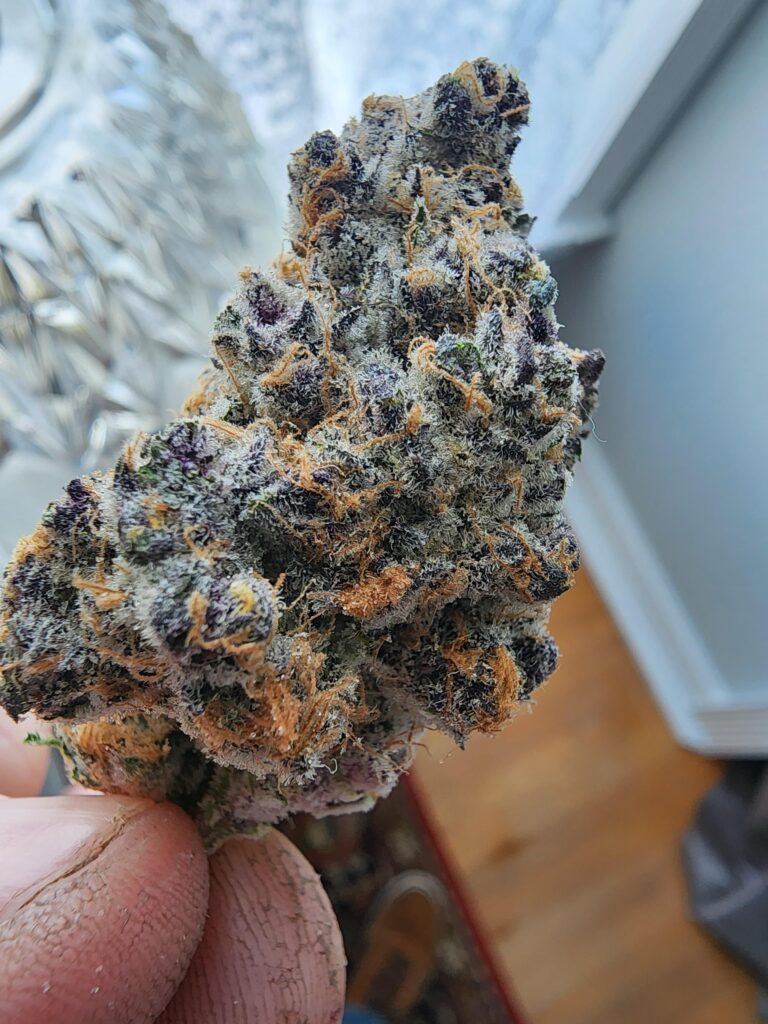Weed in Altona: A Growing Challenge for the Community

Altona, a suburb nestled along the coast in Melbourne’s western region, is known for its relaxed atmosphere, scenic waterfront, and thriving community. However, like many areas around the world, Altona faces an environmental issue that has increasingly garnered attention: the proliferation of weeds. These invasive plants have been spreading rapidly across the region, affecting both public and private spaces. With their ability to grow quickly and outcompete native vegetation, weeds present a unique set of challenges for residents, local authorities, and environmental groups.
The Impact of Weeds in Altona
Weeds are more than just an aesthetic problem. While they might seem harmless at first, these aggressive plants can have serious ecological consequences. In Altona, the effects of weeds are noticeable in local parks, gardens, and bushland reserves.
As weeds spread, they crowd out native plants, leading to a loss of biodiversity. These natural spaces are essential for maintaining the local ecosystem, providing habitats for birds, insects, and small mammals.
The economic impact of weeds is also significant. In urban areas like Altona, weeds can decrease property values, especially when they encroach on gardens or public spaces. Lawns that were once tidy and well-kept can quickly become overrun with undesirable vegetation, requiring costly intervention to restore them. Furthermore, maintaining public areas free from weeds requires considerable resources, with local councils allocating funds for herbicides, labor, and equipment.
Common Weeds in Altona
In Altona, several types of weeds have become particularly problematic. One of the most common offenders is Paspalum, a fast-growing grass that thrives in disturbed soils. It often appears in parks, lawns, and along roadsides, where it forms dense patches that smother other vegetation. Another invasive species is Morning Glory, a climbing vine that quickly spreads across fences, trees, and structures.
Other notorious invaders include Cape Ivy, Sour Sob, and Oxalis, all of which are widespread across Altona. The abundance of these weeds suggests that the battle to control them will be long and difficult.
Efforts to Manage Weeds in Altona
In response to the growing weed problem, the City of Hobsons Bay, which encompasses Altona, has taken proactive steps to manage and reduce the spread of invasive species.
These programs typically involve a combination of manual removal, the use of herbicides, and the restoration of native vegetation.
In addition to direct intervention, there has been an ongoing focus on educating the public about the importance of managing weeds in their own gardens.
The Role of Residents in Tackling the Problem
While the efforts of local authorities are vital, tackling the weed problem in Altona also relies on the collective actions of its residents. Homeowners and renters can take several simple steps to help prevent the spread of weeds.
Another useful strategy is to maintain healthy, well-maintained lawns and gardens. Weeds are more likely to invade areas that are poorly maintained or neglected, so regular care and attention can make a significant difference in preventing weed growth.
Conclusion
The issue of weeds in Altona is a growing challenge, but it is one that can be tackled with community engagement and concerted effort.
You’re the best when it comes to marijuana products , always taking care of me. Definitely recommending you to my friends. Thanks for the quick delivery .Really happy with the product .As usual, it’s top-notch. Keep it up you. you can contact them on email Scenthub43@gmail.com and also there Telegram : https://t.me/Scenthub43
wow Thanks for the referral they have great service and got the best weed around. and the delivery is so smooth

Thanks for always being reliable! I can always count on you for good product.
You’re the go-to in the area for a reason. Always a smooth experience